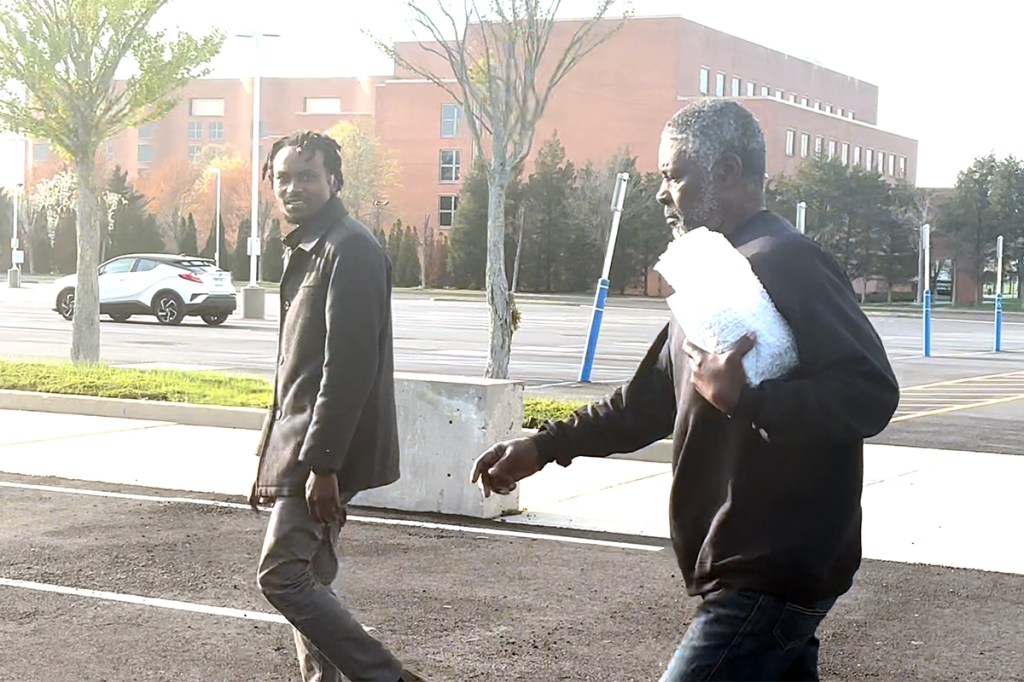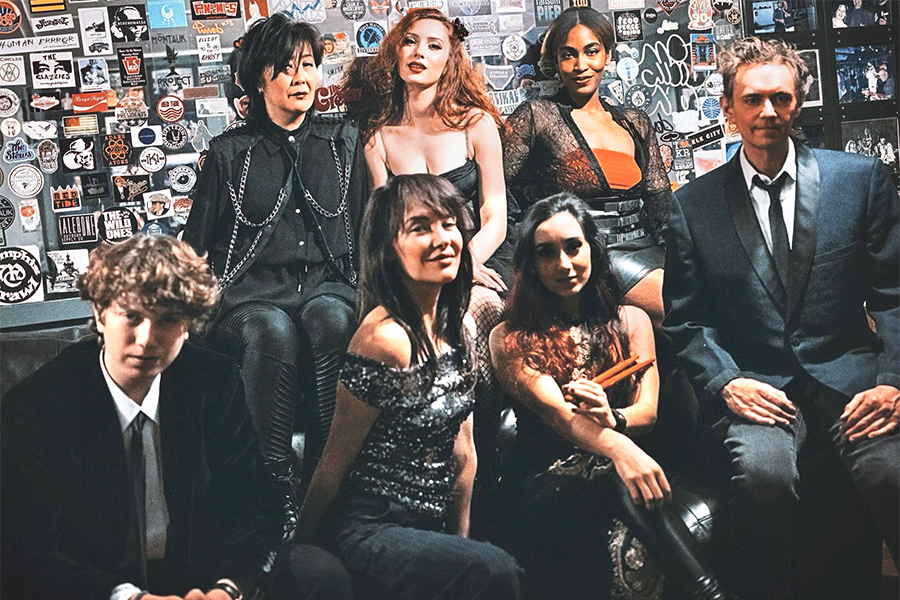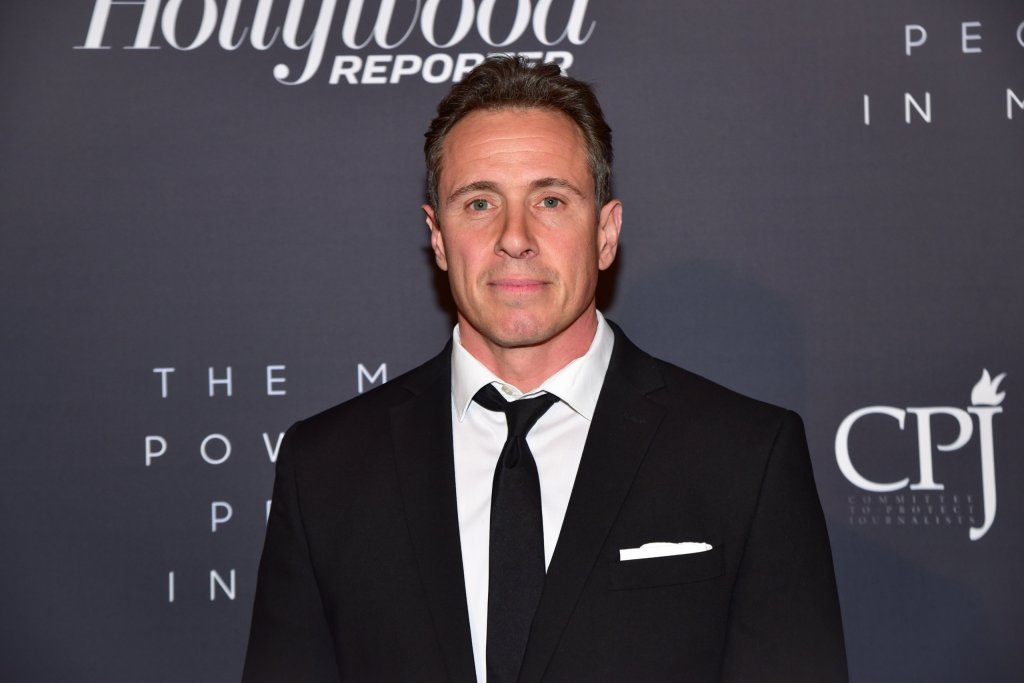Exploring the Art of the Steal & the Art of Law

Before moving to New York City, a California woman stored her possessions in a North Hollywood self-storage facility, including four Andy Warhol prints. When she fell behind on rent, the facility auctioned off the contents, setting off a kind of Andy Warhol war that the prince of pop art might have enjoyed.
“When they cut the lock off, these four original prints were in that storage locker,” said Adam Russ, a partner at Ruskin Moscou Faltischek, who specializes in the artwork. “He consigned those to an auction house in New York, which listed the pieces for sale. Then, the person who rented that storage locker came forward and claimed ownership.”
After the tug of war over Warhols began, Russ and Douglas Wasser, now co-chairs of the Ruskin Moscou Fine Art Law Practice Group, represented Christie’s and, subsequently, the 19-year-old who donated the paintings to the auction house.
Recognizing the impending cost of litigation, the parties reached an agreement during what was just another day at the office for these attorneys specializing in the law and the law of art.
“The question was whether the parties wanted to spend five years and hundreds of thousands of dollars going through court proceedings or if it was more expedient to cut a deal?” Russ said.
Russ and Wasser are art experts, not connoisseurs, who assess paintings. They are attorneys who represent artists, collectors, galleries, dealers, and auction houses in a wide range of art disputes. Russ refers to these cases as “significant matters.”
“We’re here to support participants in the art industry through every stage of fine art transactions and disputes, whether they are buying, selling, advising, or facing legal challenges,” Wasser added.
Russ mentioned that they have dealt with authentic and inauthentic objects, including drawings, paintings, photographs, and sculptures. These consist of works by Leonardo Da Vinci, Willem and Elaine de Kooning, Warhol, Calder, and Eggleston, as well as classical antiquities, pre-Columbian artifacts, antique furniture, and Hollywood memorabilia and collectibles.
“We have extensive knowledge and experience in the specialized field of art law, and we can utilize the full resources of Ruskin Moscou Faltischek, P.C. for our clients,” Russ said.
Besides attorneys specializing in art and law, they can also consult lawyers skilled in litigation, alternative dispute resolution, banking, corporate matters, bankruptcy, intellectual property, information technology, and trusts and estates.
“It’s always about money,” Russ said, pointing out that beauty may be in the eye of the beholder, but the struggle is often centered on financial aspects. “What I’ve discovered over the years is that there’s always a commonality of facts.”
Although Russ enjoys being an attorney, he got involved in art as a painter, not a litigator. “I painted for fun through college,” he said. “I took college-level painting courses. I wasn’t an art major, just a person who enjoyed painting.”
His first job in New York was at a firm where a lawyer worked with Christie’s auction house. He soon became involved in cases involving the ownership and authenticity of artwork in and around Manhattan.
“Art, when stripped of the pretense and the fanciness, is property like anything else,” Russ said.
The duo was involved in the theft of works by Willem and Elaine de Kooning entrusted to an art framer. The attorneys helped recover them through litigation.
Russ emphasized that contracts are essential; without them, artwork can end up lost in limbo, as was the case with Lawrence B. Salander, the owner of the Salander-O’Reilly Galleries in New York City. He sold art without permission, filed for personal bankruptcy, pleaded guilty in 2010 to 29 felony counts of grand larceny, and was sentenced to six to 18 years in prison.
“The proceeds of sales of paintings went poof,” said Russ, who wasn’t involved in the case. “A lot of the headaches could have been avoided with good consignment agreements.”
Contracts spell out who must insure art when it changes hands and the obligations from successful auction bids.
“A lot of cases in the early days involved people who didn’t have the money or who realized they got carried away in the auction room,” Russ said.
Valuable paintings can end up caught up in disputes related to poor estate planning without documents or a corporate entity controlling art for succession planning.
“We’ve seen intra-family disputes over the ownership and control of the artwork,” Russ said.

They assisted an artist in framing a consignment agreement with Bergdorf Goodman to showcase her paintings, prints, and furniture in their housewares department for one month. They also supported her in drafting an agreement for a reality series that wished to feature some of her artwork in an office.
When a handful of pieces of art valued at at least six figures were damaged during a flood from Superstorm Sandy on the ground floor of an art storage facility in Red Hook, Brooklyn, they represented the storage facility.
“We had to address people’s claims for damage,” Russ said. “We also had to engage with the actual clients who stored items at their facility.”
AI is becoming a major issue in the art world, with questions about whether artists, computers, or a combination created work.
“The copyright office just issued the first copyright to an AI-assisted creation of artwork,” Russ said. “Things created wholly by AI don’t qualify for copyright protection. But if there is human involvement in the creation, they can.”
Authenticating art is getting tougher, because many artists’ foundations have gotten out of the authentication business. “They don’t want to get dragged into litigation,” Russ said.
Last year, they got an Alexander Calder mobile authenticated by the artist’s foundation, which concluded that the two top and bottom pieces weren’t part of a matching set. “They weren’t created together and weren’t supposed to be together,” Russ added.
After discovering that other collectors had mismatched art, they negotiated a deal to exchange their mismatched pieces for a genuine, verified mobile.
“We enabled the foundation to begin reuniting bases with tops for several individuals,” Russ stated. “We were pioneers. No one else was prepared to undertake this before us.”



